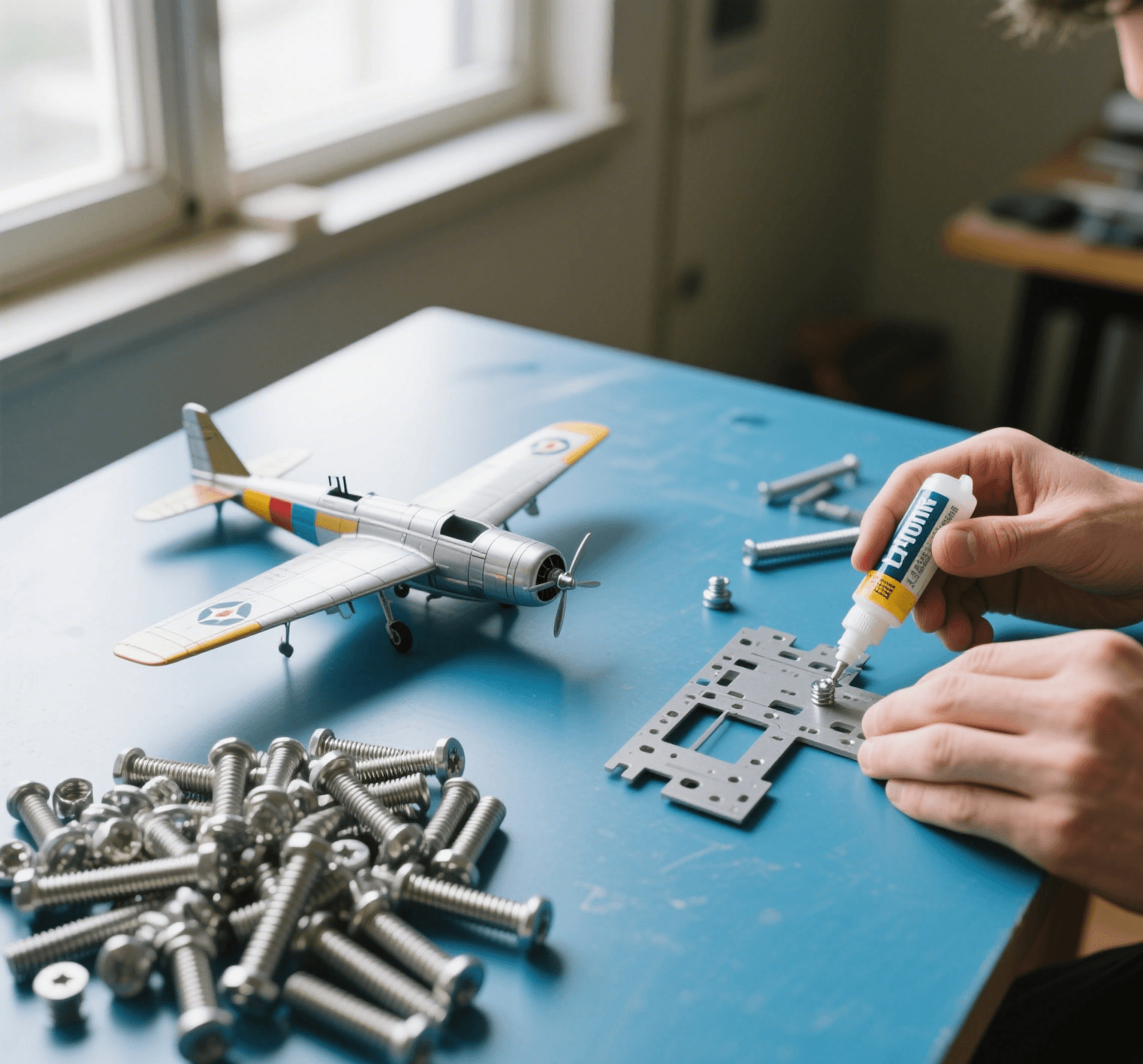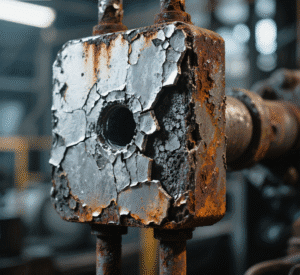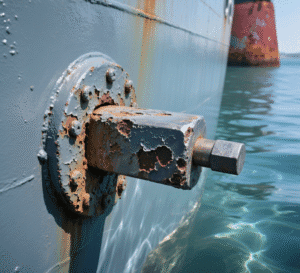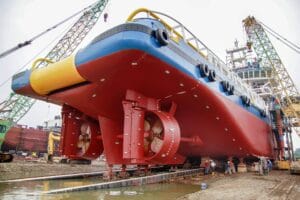Comparing titanium and stainless steel strength is a common topic, but the answer isn’t always straightforward. Choosing the wrong material based on a simple assumption can lead to over-designed, heavy parts or unexpected failures. Understanding the key difference – strength-to-weight – is crucial.
Titanium isn’t necessarily stronger than all stainless steels in raw tensile strength, but it offers a significantly better strength-to-weight ratio. This means it provides comparable or even higher strength than many steels while weighing almost half as much.
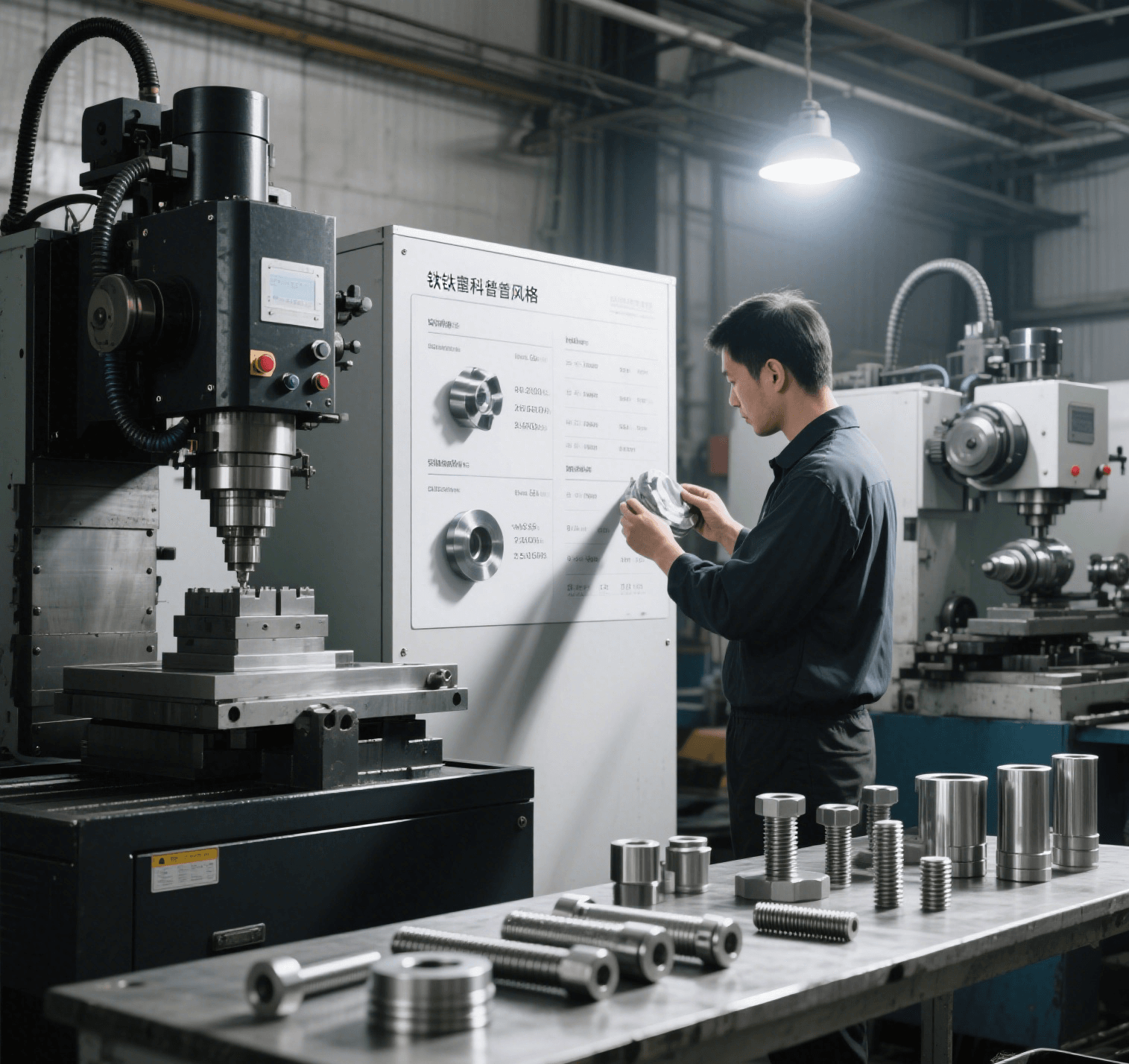
Earlier this year, I had the privilege of attending the Titanium Expo right here in my hometown – Baoji, China. Many globally know Baoji as the “Titanium Valley” of China, and for good reason. As of 2024, our region leads the world in titanium production, putting out 75,000 tons of titanium and titanium alloy materials annually. The total industrial value reached around 56 billion RMB last year, growing steadily at nearly 10% year-on-year. We have a complete industrial chain here, from processing sponge titanium to casting, creating advanced alloys, and performing deep CNC machining. Baoji produces over 100 grades, 300 product types, and 5,000 specifications of titanium products exported to over 70 countries. This incredible growth naturally sparks global interest and questions, especially about how titanium stacks up against traditional materials like stainless steel. One of the most frequent questions I hear is simply: Is titanium stronger?
Is titanium stronger than stainless steel?
It seems like a simple yes or no question when comparing materials. But giving a simple answer when discussing the strength of titanium versus stainless steel can be misleading for engineers and designers making critical choices. We need to look beyond just one number.
The answer depends heavily on the specific titanium alloy and stainless steel grade being compared. Some high-strength stainless steel alloys can exhibit higher ultimate tensile strength than common titanium alloys. However, popular titanium alloys like Grade 5 (Ti-6Al-4V) offer strength comparable to many strong steels but at significantly lower weight.
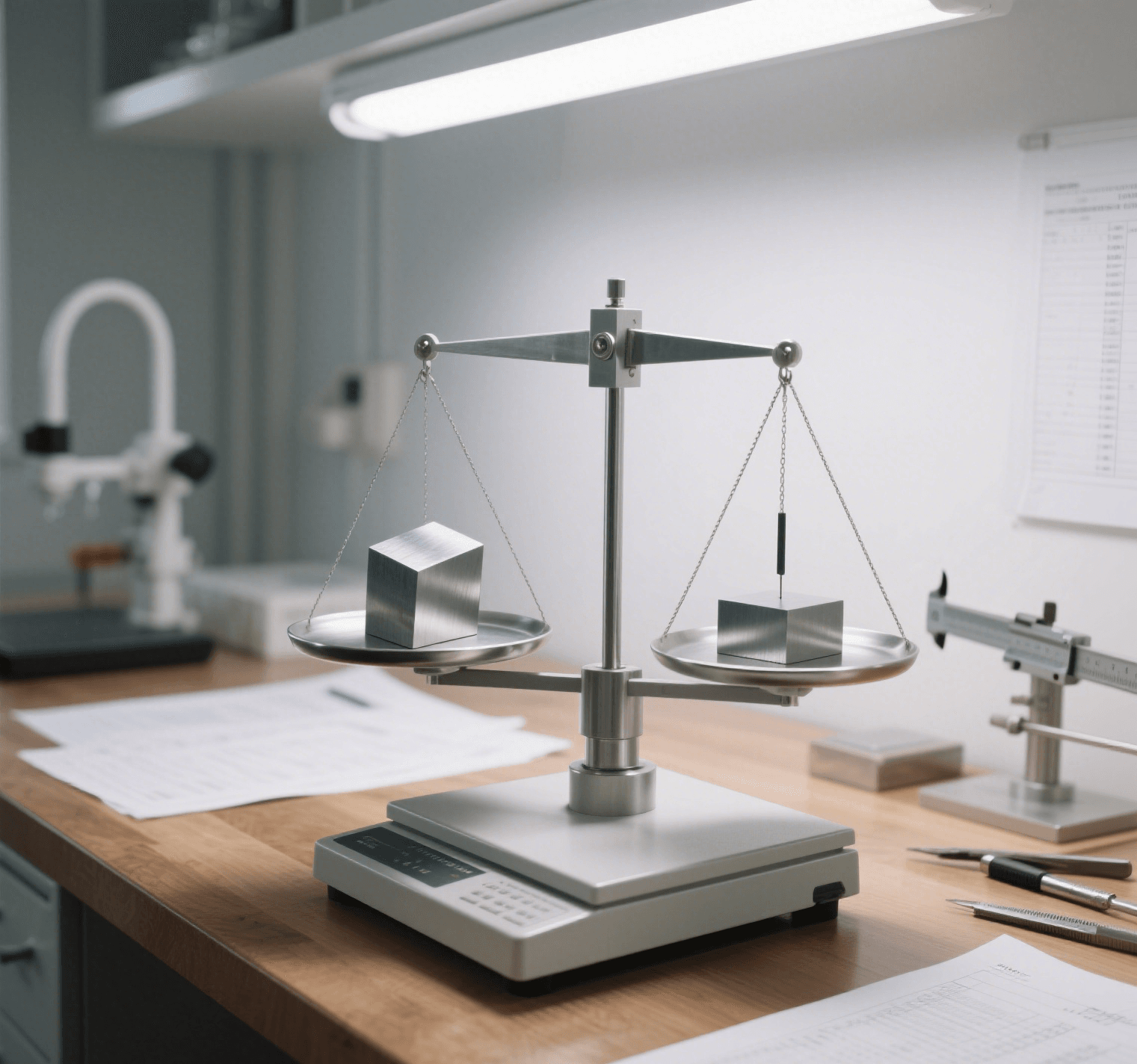
Diving Deeper: Strength vs. Weight
Let’s break down the comparison using key properties.
Comparing Tensile Strength
Tensile strength measures the maximum pulling force a material can withstand before breaking.
- Common Stainless Steel (e.g., 304): Around 515 MPa (megapascals).
- Stronger Stainless Steel (e.g., 17-4 PH, heat treated): Can reach 1100-1300 MPa.
- Common Titanium Alloy (Grade 5, Ti-6Al-4V): Typically around 950 MPa (minimum).
So, while Grade 5 titanium is much stronger than basic stainless steel, some specialized, heat-treated stainless steels can achieve higher raw tensile strength.
The Density Difference
This is where titanium gains a huge advantage. Density measures how heavy a material is for its volume.
- Titanium: Around 4.5 grams per cubic centimeter (g/cm³).
- Steel (including stainless): Around 7.8 to 8.0 g/cm³.
Steel is roughly 75% denser (heavier) than titanium.
The Strength-to-Weight Advantage
This ratio (Strength / Density) tells you how much strength you get per unit of weight.
- Grade 5 Titanium: ~950 MPa / 4.5 g/cm³ ≈ 211 MPa/(g/cm³)
- 304 Stainless Steel: ~515 MPa / 8.0 g/cm³ ≈ 64 MPa/(g/cm³)
- 17-4 PH Stainless (strong): ~1200 MPa / 7.8 g/cm³ ≈ 154 MPa/(g/cm³)
Even compared to very strong steel, Grade 5 titanium offers significantly more strength for its weight. This is why it’s preferred in aerospace, racing, and medical implants where minimizing weight is critical.
| Property | Grade 5 Titanium | 304 Stainless Steel | 17-4 PH SS (Strong) |
|---|---|---|---|
| Approx. Tensile (MPa) | 950 | 515 | 1200 |
| Approx. Density (g/cm³) | 4.5 | 8.0 | 7.8 |
| Strength/Weight Ratio | ~211 | ~64 | ~154 |
What are the disadvantages of titanium?
With its amazing strength-to-weight ratio and corrosion resistance, titanium sounds like a miracle material. But ignoring its drawbacks can lead to expensive design errors or choosing it for applications where it’s not the best fit. It’s important to understand the limitations.
The primary disadvantages of titanium include its significantly higher cost compared to steel (both raw material and machining), its relative difficulty to machine which adds to costs, lower stiffness (modulus of elasticity) than steel, and potential reactivity at very high temperatures.

Diving Deeper: The Trade-offs of Using Titanium
While titanium offers superb performance, it comes with certain trade-offs that must be considered.
High Cost Factor
This is often the biggest barrier. Titanium ore extraction (primarily from rutile and ilmenite) is complex and energy-intensive. Refining it into usable metal (like sponge titanium, a core part of Baoji’s industry) is also costly. Furthermore, machining titanium is slower and requires more expensive tools and expertise than machining steel, adding significantly to the final part cost.
Machining Difficulties
As mentioned before, titanium’s properties make it challenging to cut and drill. It generates high heat, wears out tools quickly, and can gall (stick to the tool). This necessitates rigid machines, specific tool geometries and materials (like carbide), low cutting speeds, high feed rates, and effective cooling strategies. This specialized process increases manufacturing time and expense.
Lower Stiffness (Modulus of Elasticity)
Stiffness refers to a material’s resistance to bending or flexing under load. Titanium’s modulus of elasticity is roughly half that of steel. This means that for the same size and shape part, a titanium component will deflect (bend) about twice as much as a steel one under the same force. In applications where high rigidity is crucial, designers must account for this, potentially by increasing the thickness or changing the geometry of the titanium part, which can offset some weight savings.
High-Temperature Concerns
While titanium performs well at moderately high temperatures, it becomes reactive with oxygen, nitrogen, and hydrogen at very high temperatures (e.g., above 600°C, depending on the alloy and environment). This can lead to embrittlement, reducing its strength and toughness. Special vacuum or inert gas environments are needed for high-temperature processing like welding or heat treatment.
Why is titanium so strong?
It’s impressive that a metal significantly lighter than steel can offer such high strength. Just knowing it’s strong isn’t the whole story; understanding why helps appreciate its unique capabilities and how alloys are developed here in places like Baoji.
Titanium’s inherent strength stems from its specific atomic structure (a densely packed crystal lattice called hexagonal close-packed or HCP at room temperature) and strong bonds between atoms. This strength is significantly enhanced by alloying it with other elements (like aluminum and vanadium in Grade 5) and applying specific heat treatments.
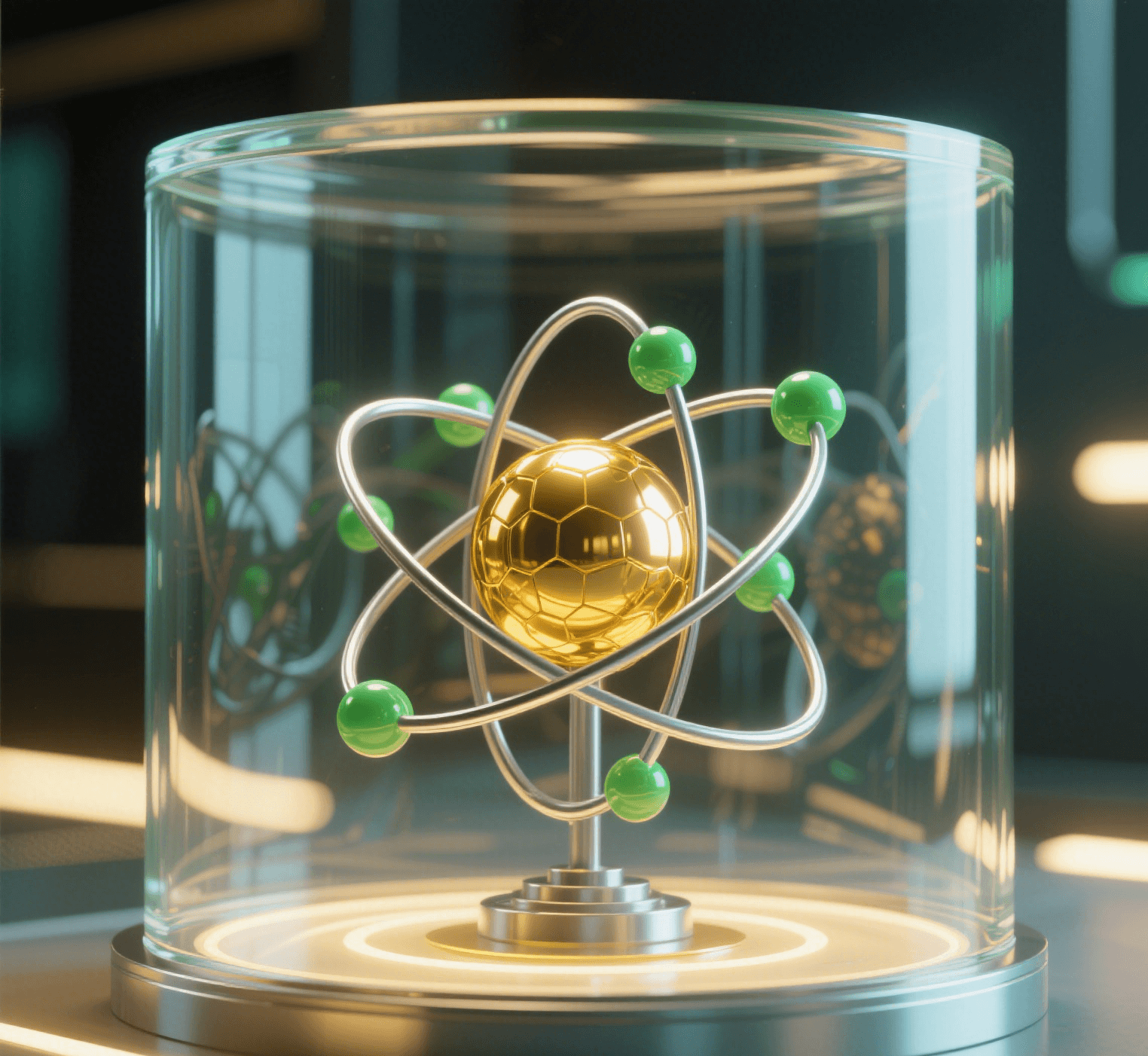
Diving Deeper: The Science Behind Titanium’s Strength
Several factors contribute to the mechanical properties of titanium and its alloys.
Intrinsic Atomic Properties
At room temperature, pure titanium has a Hexagonal Close-Packed (HCP) crystal structure, known as the alpha phase. This structure is inherently quite strong and rigid due to the limited ways atoms can slide past each other (limited slip systems) compared to other structures like steel’s Body-Centered Cubic (BCC) or Face-Centered Cubic (FCC) lattices. The strong metallic bonds between titanium atoms also contribute significantly to its overall strength.
The Power of Alloying
Pure titanium is strong, but alloying dramatically enhances its properties. The most famous example is Grade 5 (Ti-6Al-4V), which contains 6% Aluminum and 4% Vanadium.
- Aluminum (Al): Primarily stabilizes and strengthens the alpha (HCP) phase.
- Vanadium (V): Stabilizes the beta (BCC) phase, which forms at higher temperatures but can be retained at room temperature through alloying and heat treatment.
Having a mix of alpha and beta phases in the microstructure, along with fine precipitates formed during processing, creates obstacles that make it harder for atomic planes to slide past each other (dislocation movement), thus increasing the material’s strength and toughness.
Role of Heat Treatment
Similar to steel, titanium alloys can be heat-treated to optimize their microstructure and properties. Processes like annealing (softening), solution treating (dissolving alloying elements), and aging (precipitating fine particles) can be used to tailor the balance of strength, toughness, and fatigue resistance for specific applications. This control over microstructure through alloying and heat treatment is key to developing high-performance titanium components.
What can break titanium?
Titanium’s reputation for strength might make it seem almost indestructible. However, like all materials, assuming it can withstand anything can lead designers or users to exceed its operational limits, resulting in failure.
Despite its strength, titanium can certainly break. Failure typically occurs when stresses exceed its ultimate tensile strength, through fatigue cracking caused by repeated loading cycles over time, or potentially via brittle fracture under specific adverse conditions like hydrogen embrittlement or very low temperatures for certain alloys.
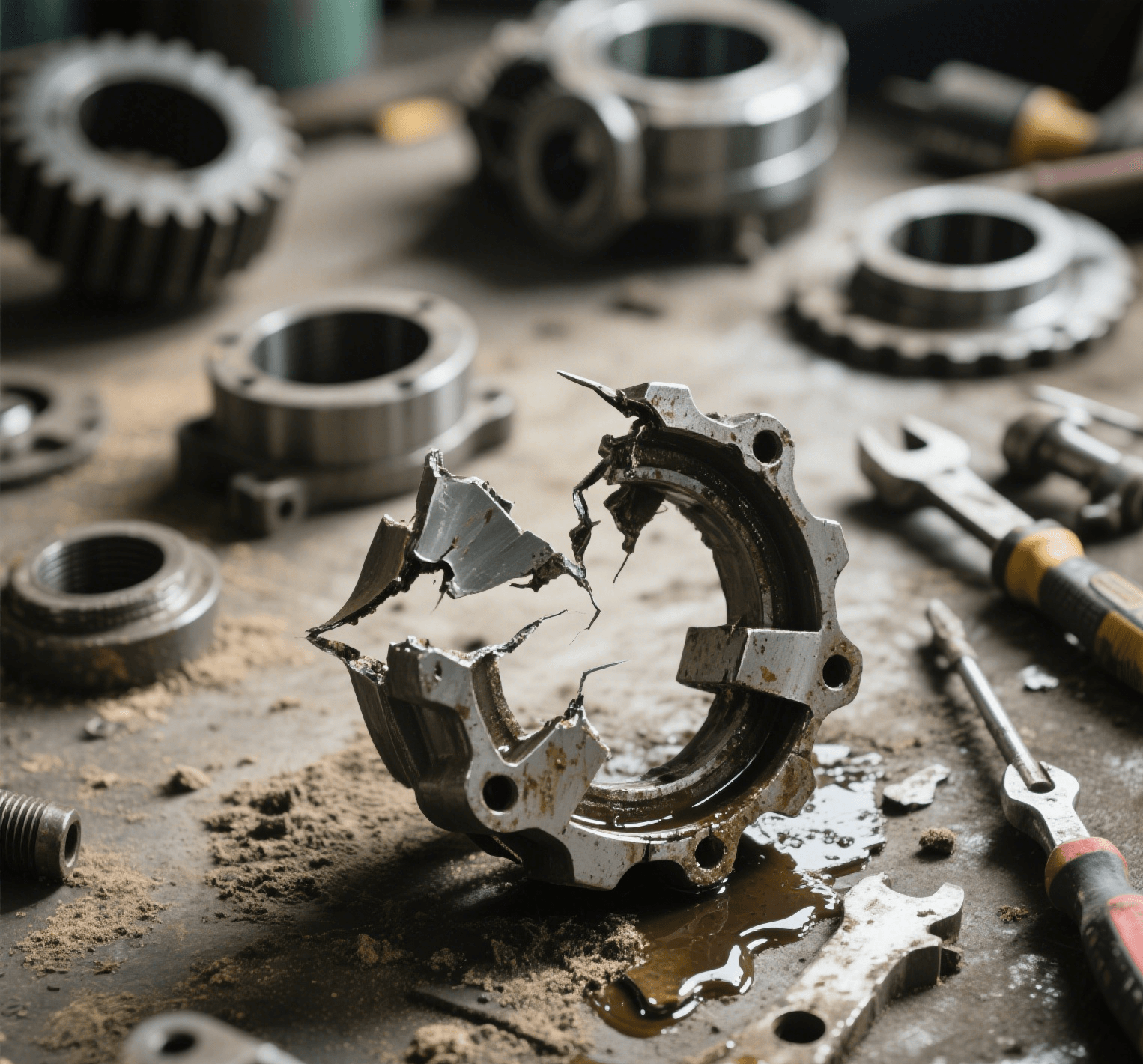
Diving Deeper: How Titanium Fails
Understanding the ways titanium can fail is crucial for safe and reliable design.
Overload Failure
This is the simplest failure mode. If a force applied to a titanium component creates a stress greater than the material’s ultimate tensile strength (or shear strength, depending on the load type), it will fracture. This is typically a ductile fracture in most common titanium alloys at room temperature, meaning the material will stretch or deform noticeably before breaking.
Fatigue Cracking
This is a very common failure mechanism in components subjected to repeated or fluctuating loads (like in aircraft wings, engine parts, or implants). Tiny cracks can initiate at stress concentration points (like sharp corners or surface defects) and grow slowly with each load cycle, even if the peak stress is well below the material’s yield strength. Eventually, the crack grows large enough that the remaining material can no longer support the load, leading to sudden failure. Titanium alloys generally have good fatigue resistance, but it’s a critical design consideration.
Environmental Embrittlement
Certain environmental conditions can make titanium more prone to brittle fracture:
- Hydrogen Embrittlement: Titanium can absorb hydrogen from the environment (e.g., from moisture, processing chemicals). This hydrogen can make the metal brittle and susceptible to cracking, especially under stress.
- Stress Corrosion Cracking (SCC): In specific aggressive environments (like certain acids, methanol, or chlorides at high temperatures) and under tensile stress, titanium can experience cracking over time.
- Low-Temperature Effects: While many titanium alloys maintain good toughness at cryogenic temperatures, some can become more brittle as temperature drops significantly.
Impact and Temperature
Sudden, high-energy impacts can cause fracture, especially if there are existing flaws. As mentioned earlier, very high temperatures can also degrade properties and lead to failure under load due to reduced strength or oxidation.
Conclusion
Titanium’s key advantage over stainless steel lies in its superior strength-to-weight ratio. While strong steels exist, titanium provides comparable strength at nearly half the density. However, consider its higher cost, lower stiffness, and machining challenges before choosing it for your application.

